If you’ve outgrown shared hosting, a Virtual Private Server (VPS) is the next logical step. You get dedicated resources, better control, and room to scale, without paying dedicated server prices. But “best VPS hosting” can mean different things depending on your goals. In this guide, you’ll learn how to choose a VPS that fits your use case today and supports where you’re going next.
In this article, we’ll translate the features that matter into plain language and business outcomes. We’ll also answer the real questions people are asking right now: Is a cheap or free VPS worth it? What’s the tradeoff with rock-bottom pricing? How much RAM and CPU do you actually need? And when does managed hosting help save you more than it costs?
When you move to a VPS, you’re not just buying specs. You’re buying outcomes: fast sites, reliable uptime, and support when it matters. Those outcomes hinge on four things you should keep front and center:
Speed you can feel. NVMe storage, modern CPUs, and clean network paths show up as faster page loads and snappier admin dashboards. That means higher conversion rates, stronger SEO signals, and happier teams.
Real human support. You can configure a lot on your own, but when your store is slow or a migration goes sideways, you need a person who can fix it quickly. Good support reduces risk and time lost to chasing issues.
Scalability without friction. Growth should not force a rebuild. You want plans and architecture that scale from one site to dozens, from a small blog to a multi-site client roster or busy storefront.
Accountability you can trust. Uptime SLAs, security posture, backups, and transparent policies all matter. You want a provider that stands behind its promises with clear remedies and clear next steps.
Keep these outcomes in mind as you evaluate features and pricing. They help you say “no” to a shiny spec that doesn’t help your business, and “yes” to the combination that does.
Now that you know what outcomes really matter, it’s time to connect them to the technical details. Not every VPS spec translates into real-world speed, reliability, or security. Here are the criteria that actually make a difference when choosing your plan.
How To Choose the Best VPS for Your Needs (Criteria That Actually Matter)
Performance: Storage, CPU, and Network
NVMe SSD storage is a major speed boost over SATA SSD or HDD. It reduces latency and clears bottlenecks during busy times. CPU matters too, but not all “vCPUs” are equal. In fact, clock speed, generation, and how cores are shared all affect real performance. Finally, look for reliable network capacity and clear bandwidth policies so your traffic spikes don’t trigger throttling.
Quick check: If fast storefront loading or heavy admin work matters, prioritize NVMe storage and enough RAM to cover peak load. If you run memory-hungry stacks (like Elasticsearch or Redis), err on the side of more RAM.
Reliability and Uptime
Uptime guarantees and the infrastructure behind them (redundant storage, monitoring, and disaster recovery) tell you how often you can expect issues, and what happens when they occur. Look for built-in backups or at least easy backup options, plus a clear process for restores.
Quick check: Ask how backups work, where they’re stored, and how fast you can restore. Confirm what the SLA covers and how credits are applied.
Security and Isolation
A strong baseline includes DDoS protection, kernel and OS patching, malware scanning options, and a clean isolation model. If you handle payments or PII, you’ll want quick paths to PCI compliance and data-privacy best practices. For many teams, managed security tools are worth the cost.
Quick check: Confirm DDoS protection is included, how firewalls are configured, and what malware monitoring you can add. If you need PCI guidance, ask for it up front.
Management Model: Managed vs. Unmanaged
Unmanaged plans are cheaper and give you full control, but you handle OS updates, patches, and troubleshooting. Managed plans include a support layer that handles core sysadmin work, helps you migrate, and often includes faster paths to fix performance issues. If your team’s time is tight, managed can be the better value.
Quick check: If you’re already stretched thinmanaged support saves more than it costs.
Scaling and Plan Flexibility
Growth paths should be painless. You want to upgrade CPU/RAM/storage without heavy downtime or re-architecting your stack. If you host many sites, check whether you can add IPs, split workloads, or choose data centers near users.
Quick check: Look for upgrade/downgrade flexibility, data center choice, and clear pricing for add-ons like IPs and backup storage.
Total Cost of Ownership
A low sticker price can hide setup fees, weak CPUs, transfer limits, or add-on costs for basics like backups or IPs. Also consider the value of support, cheap plans with poor support can cost more in lost time and missed revenue.
Quick check: Add up essentials (storage you’ll actually use, bandwidth, backups, support) and compare that total number across providers.
With the core criteria in mind, you can compare how different VPS hosts stack up. Each provider brings unique strengths, but also trade-offs depending on budget, support, and growth needs. Below are the top seven VPS providers to consider this year.
Top 7 VPS Hosting Providers in 2025
1. InMotion Hosting | Best Overall VPS Hosting
InMotion Hosting delivers performance-driven VPS hosting with NVMe SSD storage, a 99.99% uptime guarantee, and redundant infrastructure designed for business continuity. Every plan includes free site migrations, a 90-day money-back guarantee, and 24/7 U.S.-based real human support. Customers can choose managed or unmanaged VPS depending on their needs, making it a versatile choice for agencies, entrepreneurs, and growing companies who want both speed and peace of mind.

2. DigitalOcean
DigitalOcean is popular with developers thanks to its intuitive interface, fast VPS deployments, and extensive documentation. Its “droplets” allow quick setup with one-click apps like Docker or Node.js, making it a go-to for experimentation and coding projects. The trade-off is that advanced support and managed services are limited, leaving more responsibility with the user.

3. Linode (Akamai)
Linode, backed by Akamai, is known for simple pricing and stable infrastructure. Many users value its knowledge base and responsive support, which help reduce downtime. Since the Akamai acquisition, however, some customers remain cautious about potential long-term changes in service direction.
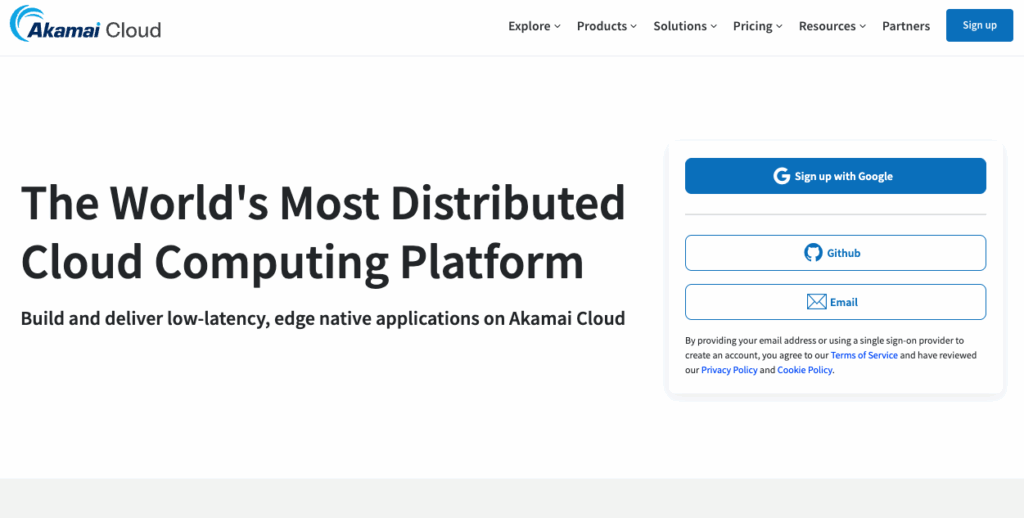
4. OVHcloud
OVHcloud offers very affordable VPS plans, often paired with NVMe storage and unmetered bandwidth. Its global data centers make it appealing for distributed projects that need presence across regions. The limitation is that customer support and service reliability may not always match the needs of critical business workloads.
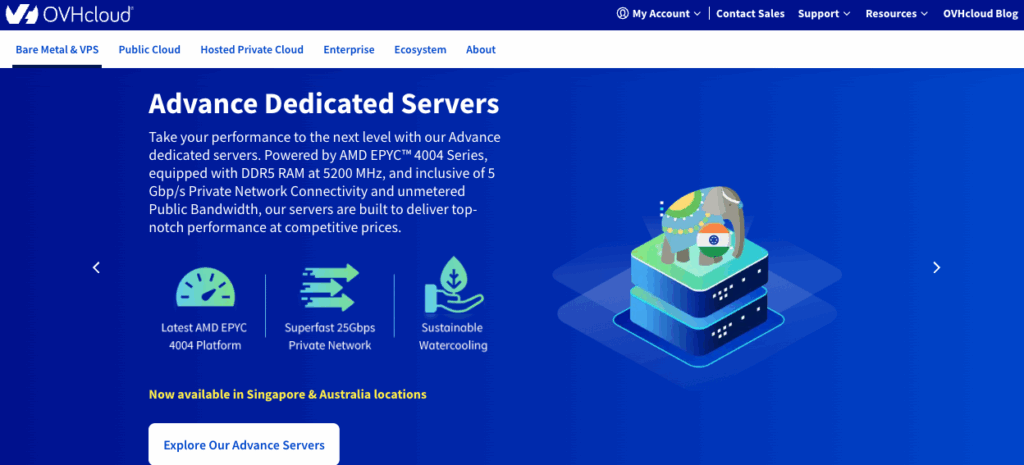
5. Hostinger
Hostinger provides low-cost VPS hosting with modern infrastructure and NVMe storage. Its browser-based VPS terminal offers convenience, but plans are unmanaged, meaning customers handle updates and security themselves. This makes it cost-effective but best suited for technically confident users rather than teams needing built-in support.
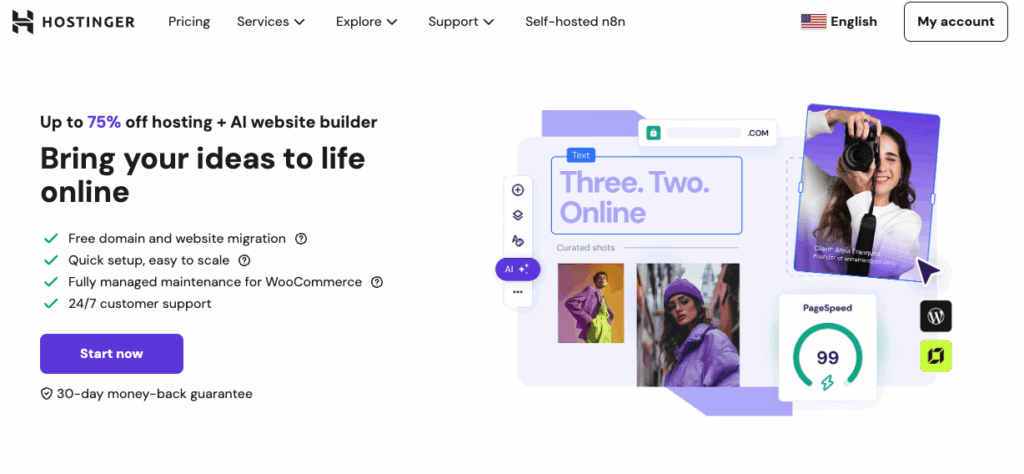
6. Contabo
Contabo specializes in offering large amounts of RAM and storage for comparatively little cost. This makes it strong for storage-heavy workloads, backups, or test environments where resources matter more than anything else. The downside is weaker CPUs and setup fees, which reduce performance and flexibility for more intensive use cases.
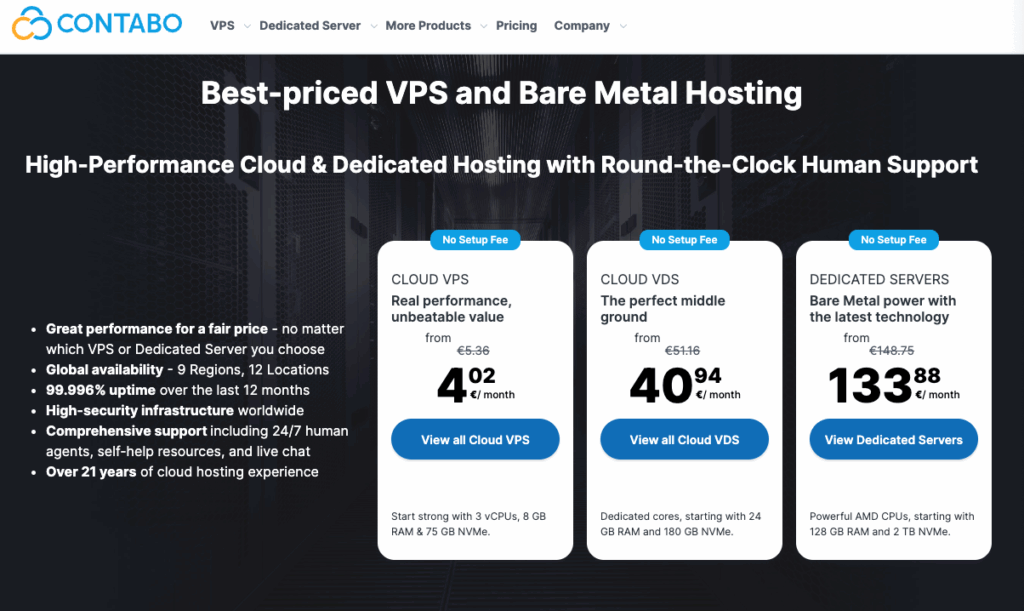
7. Racknerd
Racknerd has gained attention with extremely low-cost VPS deals, sometimes just a few dollars per year. It’s a natural choice for hobby projects, personal test environments, or lightweight workloads where budget is the main concern. Long-term reliability and strict billing policies, however, can be concerns for production use.
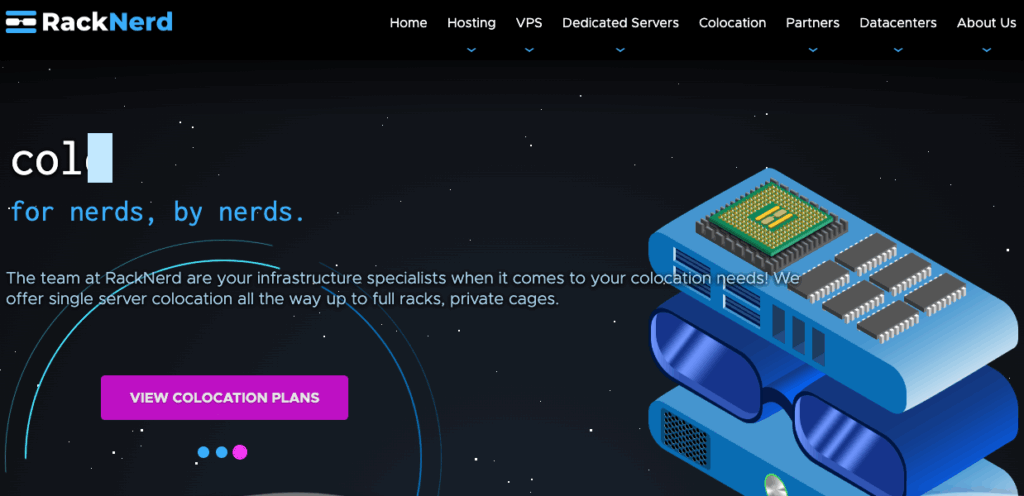
VPS Hosting Comparisons (2025)
Once you’ve compared providers, the next question is how much management you want to take on yourself. VPS hosting comes in two main types and the difference has a big impact on cost, time, and responsibility. Let’s break down what each model offers and who it’s best suited for.
Managed vs. Unmanaged: Which Model Saves You More?
Managed VPS fits teams who value focus. You get OS updates, security patching, migration help, and expert troubleshooting. This reduces outage risk and makes performance tuning easier. If you’re an agency, this is especially useful. You can keep clients happy without playing night-shift sysadmin.
Unmanaged VPS fits hands-on developers. You control the OS, services, and updates. It’s flexible and cost-effective if you already have the skills and time. If you go this route, plan for backups, monitoring, and a response process when issues arise.
A simple rule: If downtime hurts revenue or client trust, and your team is already busy, pick managed. If you’re building and learning, unmanaged may be the better fit; just keep strong backups.
If you’re ready to move from shared hosting or another VPS, a smooth migration is critical. Without a plan, it’s easy to miss steps that lead to downtime or data loss. Use this quick-start checklist to keep your migration on track.
Quick-Start Migration Checklist
Pre-migration
Audit your stack (PHP/Node versions, database engine, caches, crons).
Right-size your plan (RAM/CPU/SSD with NVMe if possible).
Set up off-provider backups (files + database).
Choose your control panel (cPanel or CWP) and data center through your chosen hosting provider.
Cutover plan
Create the VPS, harden SSH, and enable a firewall
Migrate files and database (with InMotion Hosting, users can depend on Launch Assist if they want zero-downtime support).
Test the site using your hosts file before making DNS changes.
Switch DNS with low TTL; monitor logs and metrics.
Optimizing Cost Without Sacrificing Outcomes
Running a VPS isn’t just about getting the right specs; it’s about getting the best value over time. Costs can creep up if you over-provision, skip backups, or miss performance bottlenecks. Here are ways to manage expenses while still hitting your business goals.
Right-size first. RAM is often the limiting factor; buy enough to avoid swapping.
Use NVMe to your advantage. Faster storage can reduce the CPU you need to hit target page speeds.
Plan backups smartly. Built-in snapshots are great, but keep a second copy off-provider to control cost and risk.
Measure what matters. Track Apdex, TTFB, error rates, and checkout performance, not just CPU%. Use those insights to tune or upgrade.
Once your VPS is live, the tools you use every day will shape your workflow. The right control panel or developer stack can save hours of setup and make management easier for your team. Here’s how to decide which options fit your needs best.
cPanel is the familiar choice for teams who want straightforward site management, email, SSL, and backups. It’s ideal when multiple people need to manage sites and you want standard workflows.
Control Web Panel (CWP) is a cost-effective alternative with strong server-level controls, security tools, and easy cPanel imports. It’s a smart pick when you need flexibility and want to keep license costs in check.
Developer stacks like Docker, Node.js, Python, Redis, and Elasticsearch run well on VPS and benefit from NVMe. If you’re an agency, a repeatable template (image + scripts) saves hours per project.
Picking the right VPS host is only half the job; keeping it secure is just as important. Even small oversights can put your site or business at risk. Here are the key security practices every VPS setup should include.
Security Basics You Shouldn’t Skip
Harden SSHWhen you first set up a VPS, switch from password-based logins to SSH key authentication. This makes brute-force attacks far less likely to succeed. It’s also best practice to disable direct root login and, if possible, move SSH to a non-default port to reduce automated scanning attempts.
Firewall on day oneA firewall should be the very first layer of defense on any VPS. At a minimum, allow only the essential port (typically 80 (HTTP), 443 (HTTPS), and 22 (SSH)). Blocking everything else prevents unnecessary exposure and minimizes your attack surface.
DDoS protectionDistributed denial-of-service (DDoS) attacks can overwhelm even the most powerful servers. Confirm whether your VPS provider includes DDoS protection, and understand the thresholds or limits on mitigation. Knowing this upfront helps you avoid downtime or unexpected costs during an attack.
Malware monitoringEven secure servers can become targets for malware and exploits. Schedule regular scans with tools like ClamAV or Monarx, and configure alerts so you know immediately if something suspicious happens. Quick remediation is essential to prevent small issues from escalating into full compromises.
Compliance readinessIf you’re processing payments or storing sensitive data, compliance isn’t optional. Follow PCI basics such as encrypting all data in transit, enforcing least-privilege access, maintaining a consistent patch schedule, and enabling logging for audits. Building compliance into your VPS setup from the start saves headaches and potential fines later.
Managed vs. unmanaged responsibilitiesA managed VPS plan can take care of many of these tasks automatically, from patching to malware scans to firewall configuration. If you opt for an unmanaged VPS, document your setup and security process clearly so everyone on your team can follow the same steps without gaps.
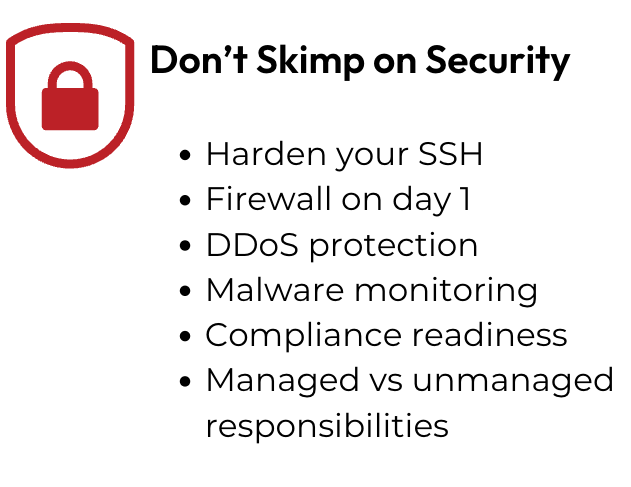
The Bottom Line
The “best VPS hosting” isn’t a single brand or plan; it’s the platform that gives you speed you can feel, real human support when it matters, growth without limits, and accountability you can trust. For many agencies, marketing teams, founder-led companies, and hosting partners, that set of outcomes points to a managed, NVMe-powered VPS with clear upgrades, strong migration help, and 24/7 experts who jump in when you need them. If that’s the outcome you want, InMotion Hosting’s VPS lineup is designed for you. We offer NVMe storage on every plan, 99.99% uptime commitments, free website transfers and setup, DDoS protection, easy control panel choices, US/EU data centers, and a support team you can actually talk to. You can start small, scale fast, and keep your focus where it matters most.

